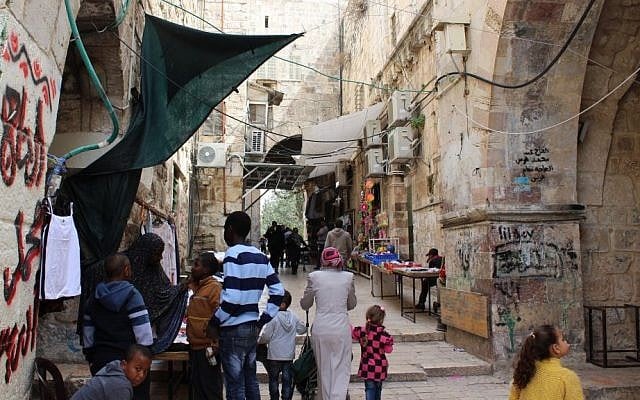Shalomania Infrastructure
Cities And Urban Environments
Shalomania’s largest city is Shalomville, with a population of approximately 8 million, making it the dominant urban center in the country. This overwhelming size compared to other cities classifies Shalomville as a primate city, meaning it is disproportionately larger and more influential than any other urban area in Shalomania. Population in Shalomania is heavily concentrated in large urban areas, with about 60% of the population living in cities like Shalomville, Goofy Clown Ville, and Buster Scruggs. Around 25% reside in small towns and suburban areas, while only 15% live in rural regions. This indicates a high level of urbanization centered around major cities such as Shalomville, which is the political, economic, and cultural heart of the nation. Shalomania follows a centralized urban hierarchy, where Shalomville dominates at the top, followed by regional centers such as Goofy Clown Ville and Buster Scruggs. The Gravity Model also applies in Shalomania, as interactions such as trade, migration, and communication are strongest between the most populous and closely situated cities.
Largest Cities Urban Structure
In our country, the largest cities are Shalomville, Goofy Clown Ville, and Buster Scruggs. Shalomville, the largest city, serves as the nation's economic, political, and cultural core. Its urban layout is the Multiple Nuclei Model, which means the city is organized around multiple distinct centers instead of a single downtown core. These various centers include areas dedicated to business, industry, education, and entertainment, allowing for a decentralized but connected urban experience. Goofy Clown Ville and Buster Scruggs, while smaller, have modified versions of the Sector Model, with zones projecting outward from the central business district. All cities includes a central business district (CBD) that is surrounded by multiple use developments and several zones. Wealthier residential areas are primarily located in the suburbs or high end sectors that extend from the CBD along scenic or coastal areas. These neighborhoods feature gated communities, parks, and access to upscale shopping and services. On the other hand, low income residents often live in older inner city neighborhoods, especially near industrial zones or underdeveloped transit passages. Factories and industrial areas are typically located on the outsides of the cities, near highways or railways to convey the movement of goods. These zones are often adjacent to lower income housing, reflecting classic urban industrial development patterns. Farms and agricultural land are placed further out from urban areas, forming a rural ring around the city and supplying food to urban markets.




Alex__Petrenko210103-010132.jpg)
City Planning
In Shalomania, cities are carefully planned with the main focus being modern infrastructure, sustainability, and accessibility. Urban planning includes zoning regulations, mixed use development, and growth principles to promote land use and reduce environmental impact. Most major cities, especially Shalomville, are designed around an advanced transportation network that includes big roadways, a growing subway system, bike lanes, and public bus routes. These transit options are intended to reduce traffic and encourage the use of eco friendly alternatives to vehicles. Public services are well distributed across urban areas. Each neighborhood has access to public schools, hospitals, clinics, and clean water. Shalomania’s national government invests lots of money in public infrastructure to make sure residents live a high quality life, regardless of income level. In addition to healthcare and education, there are also emergency services, community centers, and waste management systems. Big transit hubs connect cities like Shalomville, Goofy Clown Ville, and Buster Scruggs through a national rail system and regional highways. Within the cities, transport routes are designed to connect far residential areas with commercial and industrial zones, minimizing isolation and encouraging economic flow. Smart growth principles are actively followed, promoting walkability, access to public transit, and compact building design. Cities in Shalomania are thoughtfully designed to balance growth with sustainability. Through smart transportation planning, public service access, zoning, and environmental protection, Shalomania strives to create livable, future ready urban spaces that align with New Urbanism and smart growth ideals.
Challenges
One major challenge facing Shalomville’s cities is affordable housing shortages, which lead to overcrowding and force many low-income residents into substandard or informal settlements. This problem affects families’ health, safety, and access to education and jobs, deepening social inequality. To address this, Shalomville is investing in mixed-income housing projects and public-private partnerships to build more affordable homes and upgrade existing neighborhoods. These efforts aim to create safer, healthier living environments and reduce the spread of informal settlements.
